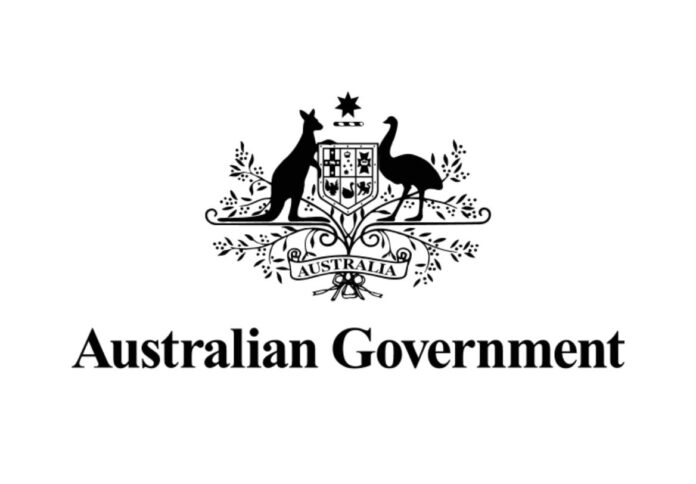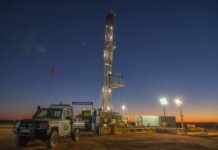
Australia is on track to set a record for resources and energy exports after earning a record $459 billion in the 2022-23 fiscal year, according to the June 2023 edition of the Resources and Energy Quarterly.
The report, published by the Department of Industry, Science and Resources, also revealed that a downturn in commodity prices is expected to cause export revenues to drop to $394 billion in 2023-2024 and subsequently to $346 billion in 2024-25.
As lower prices more than offset the effects of increasing volumes, the value of important minerals and base metals, which are essential to low emissions technologies, is anticipated to have produced record earnings of $46 billion for 2022-2023 but will decline somewhat in the outlook period.
Madeleine King, Minister for Resources and Northern Australia, stated that the value of lithium exports in 2022-2023 nearly doubled from the prior fiscal year to reach over $19 billion.
However, as prices level out, the value will drop to about $15 billion in 2024-2025, according to the report.
“The latest Resources and Energy Quarterly underlines the Government’s plan to support the development of our critical minerals sector, to make Australia a clean-energy superpower and to help Australia and our trading partners meet commitments to lower emissions,” Minister King said.
She explained that base metals and vital minerals like lithium, which are essential parts of clean-energy technology like batteries, solar panels, and wind turbines, are in high demand worldwide, and Australia is ideally positioned to meet that demand.
Meanwhile, the June 2023 Resources and Energy Quarterly has a special report on some resources required to manufacture batteries, which concludes that Australia has abundant quantities of lithium, cobalt, nickel, manganese, and graphite.
As global markets rebalance, the analysis predicts declining prices for Australia’s main export commodities, coal, LNG, and iron ore, during the next two years.
Due to the slowdown in global economic development and a decrease in the rate of recovery of Chinese steel output, iron ore spot prices moderated in the June quarter.
The estimated drop in iron ore export revenue from $123 billion in 2022-2023 to $113 billion in 2023-2024 and $95 billion in 2024-2025.
Due to the Northern Hemisphere winter’s warmer-than-average temperatures, LNG prices have likewise stabilised over the June quarter.
Australian LNG exports are expected to decrease in value from about $92 billion in 2022-2023 to $70 billion in 2023-2024 and $60 billion by 2024-2025, according to the Resources and Energy Quarterly.
According to the report, Australia’s metallurgical coal exports are expected to decrease in value from an estimated $60 billion in 2022-2023 to $42 billion in 2024-25, while thermal coal, which is used to generate electricity, is expected to decrease in value from a peak of over $64 billion in 2022-2023 to roughly $30 billion by 2024-25.
The June 2023 Resources and Energy Quarterly is available on the Department of Industry, Science and Resources website.




















